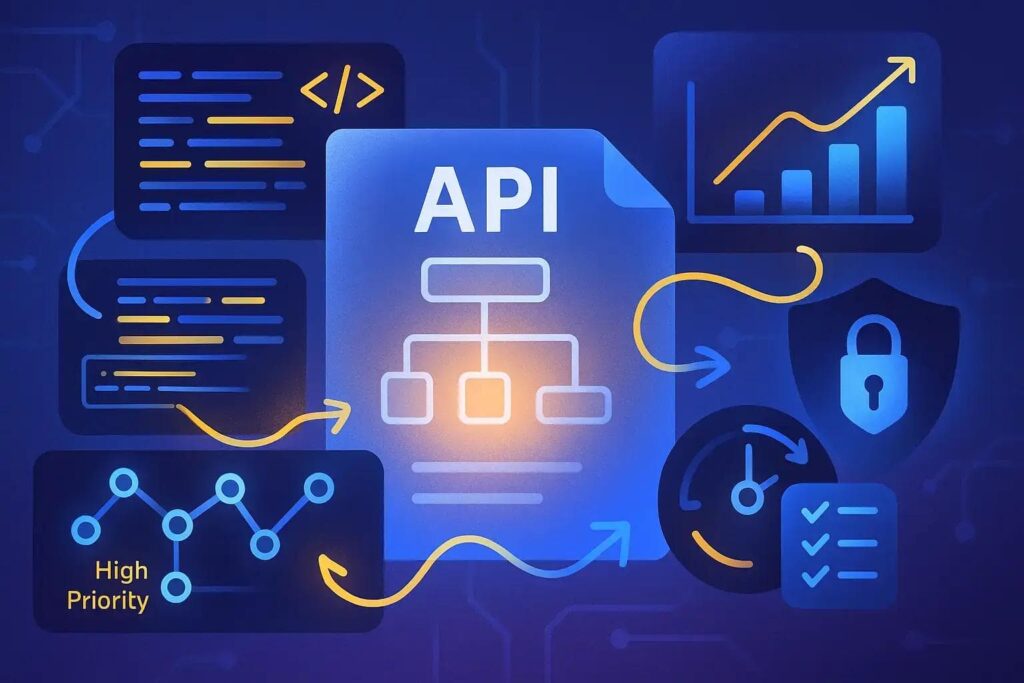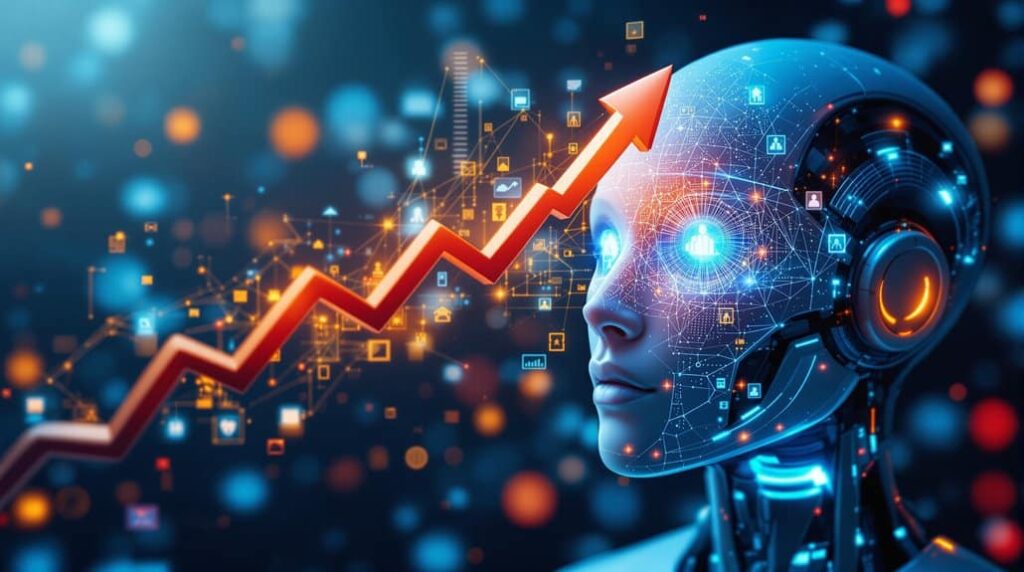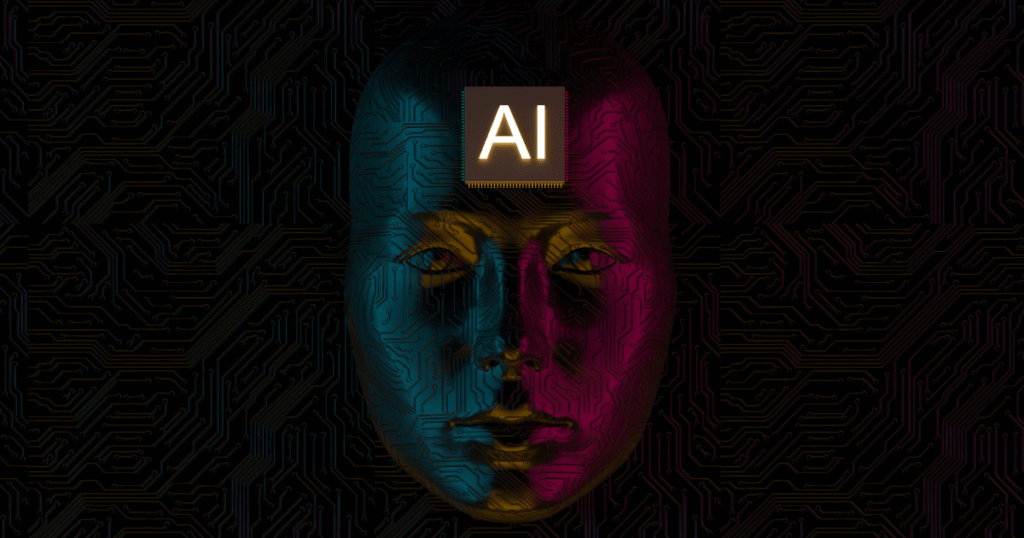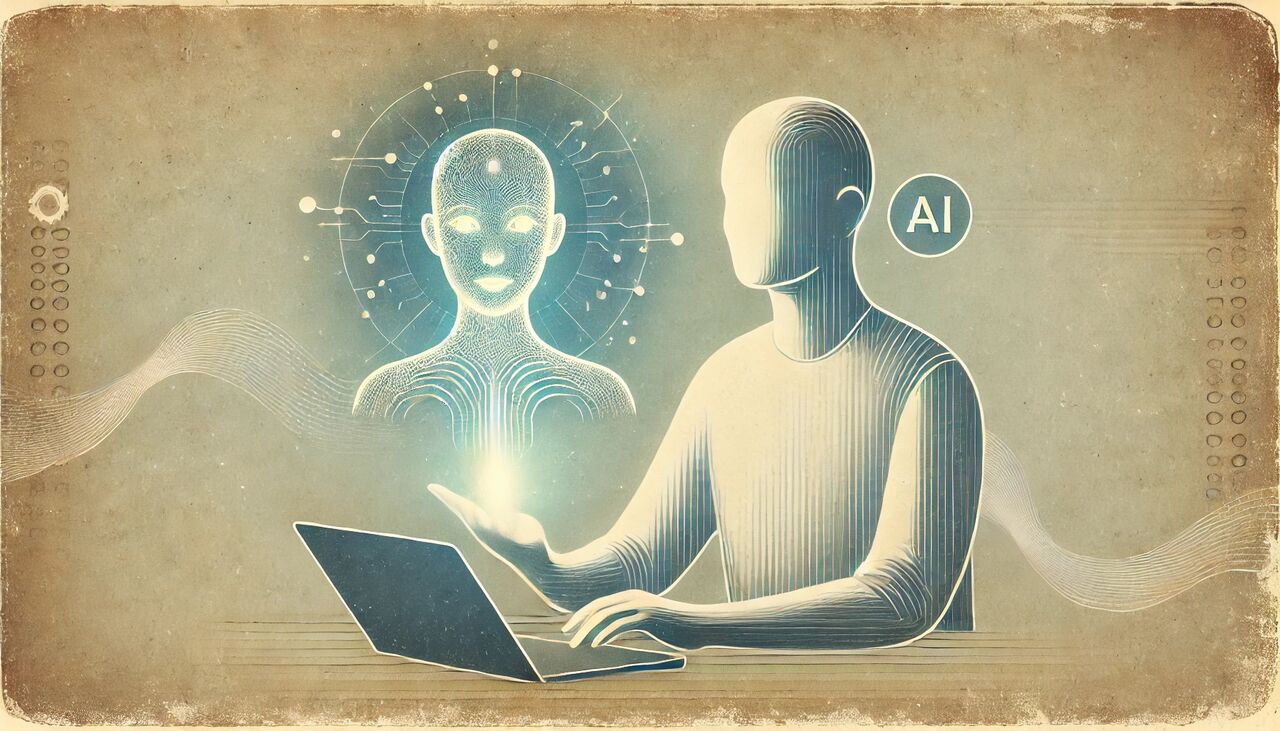Elon Musk has always been known for pushing the boundaries of human innovation — from electric vehicles and space travel to neural interfaces and brain-computer connections. Now, the tech visionary is setting his sights on something even more ambitious: the creation of an Artificial Super Intelligence (ASI).
This journey is being spearheaded by his latest company, xAI, founded with one purpose — to develop the world’s first Artificial General Intelligence (AGI). AGI represents the next leap in artificial intelligence — a system capable of performing any intellectual task that a human can, and potentially much more.
Through xAI’s advanced Grok language model, Musk believes humanity is standing on the brink of a new era — one where machines could rival, or even surpass, the collective intelligence of humankind.
What Is Artificial General Intelligence (AGI)?
Defining the Future of AI
The concept of Artificial General Intelligence is still mostly theoretical. Unlike today’s AI systems, which are narrowly focused on specific tasks (like generating text, analyzing data, or recognizing faces), AGI would possess human-level versatility and adaptability.
As Elon Musk described it, AGI would be a system that can “do any economically valuable task at human performance or better.” That means AGI could theoretically manage businesses, develop new technologies, compose music, or even govern societies — all without direct human input.

xAI and the Grok Evolution
From Grok 1 to Grok 5: A Leap Toward AGI
xAI’s flagship project, the Grok language model, has evolved rapidly through several iterations — Grok 1, Grok 2, Grok 3, Grok 4, and soon, Grok 5.
When Grok 4 was launched in July 2025, it was hailed as the most intelligent AI model in the world. Featuring groundbreaking updates like the Imagine image model, Grok 4 could generate realistic photos and videos from text prompts and even modify existing media with astonishing accuracy.
One of its most talked-about features was “spicy mode,” a controversial setting designed for creating more adult-oriented or expressive content. While that caught public attention, the real innovation lay in Grok’s multi-modal understanding, merging text, vision, and context into one seamless cognitive system.
Elon Musk hinted that Grok 5 could be the key turning point — stating on X (formerly Twitter):
“My estimate of the probability of Grok 5 achieving AGI is now at 10% and rising.”
Later, he added:
“Grok 5 will be AGI or something indistinguishable from it.”
These bold claims have fueled immense speculation in the AI world about how close we truly are to Artificial General Intelligence.
The Power Behind the Machine: Building Colossus
Supercomputing at Scale
To train AI models like Grok, xAI needs unimaginable computing power. That’s where Colossus comes in — xAI’s massive supercomputer facility located in Memphis, Tennessee.
Built in record time — just 122 days — Colossus houses 200,000 NVIDIA GPUs, supported by a million-gallon-per-day water cooling system and a fleet of natural gas turbines providing power.
But Musk isn’t stopping there. The next phase, Colossus 2, is already under construction and will double the capacity to 500,000 GPUs. Eventually, Musk plans to expand to one million GPUs for Grok 6, with even larger systems on the horizon.
The underlying philosophy? Brute-force intelligence. By pushing sheer computational power to its limits, Musk believes xAI can accelerate learning curves and possibly reach AGI faster than anyone else.
Can Brute Force Lead to AGI?
The Debate Among Experts
Not everyone agrees that more computing power automatically means smarter AI. Andrej Karpathy, one of the founding engineers at OpenAI and former Tesla AI head, recently expressed skepticism about this approach.
In a podcast interview, Karpathy remarked:
“Overall, the models are not there. The industry is pretending this is amazing — but it’s not. It’s slop.”

He suggested that we’re still a decade away from true AGI, emphasizing that raw power alone isn’t enough; we need breakthroughs in AI architecture and learning efficiency.
Musk, of course, took the challenge head-on, posting cryptic responses that seemed to invite Karpathy back to xAI. Whether this collaboration will happen remains to be seen — but the philosophical divide between scaling computation and innovating design remains a central debate in the AI community.
The Next Generation: Grok 5 and Beyond
From Companions to Consciousness
The path from AI “companions” like Grok 4’s Annie, a flirty digital persona, to full-blown superintelligence might seem far-fetched — but Musk insists this evolution is already in motion.
Each new version of Grok shows an exponential increase in intelligence and versatility, suggesting that a threshold moment could be near — the singularity point where AI outpaces human comprehension.
If Grok 5 truly reaches AGI-level cognition, we could see machines capable of reasoning, self-improvement, and emotional understanding — traits previously thought exclusive to biological intelligence.
Supercomputers, Supercars, and Super Ambitions
Tesla Roadster 2.0: The Return of a Legend
While Musk’s AI venture dominates headlines, Tesla continues to innovate on the automotive front. The long-awaited Tesla Roadster 2.0, first announced in 2017, is now set for a 2025 reveal.
According to Lars Moravy, Tesla’s Head of Powertrain Engineering:
“We are gearing up for a super cool demo. It’s going to be mind-blowing.”
Franz von Holzhausen, Tesla’s design chief, added that the Roadster would “challenge the limits of physics” — hinting at never-before-seen performance and design breakthroughs.
This aligns perfectly with Musk’s vision of pushing technology beyond human limits, whether it’s through electric propulsion or artificial cognition.
The Rise of the Cyber Cab: Tesla’s Robo Taxi Revolution
Building the Future of Autonomous Transport
At Giga Texas, Tesla is ramping up production of the highly anticipated Cyber Cab, an autonomous electric vehicle designed for Tesla’s global robo-taxi network.
New job listings in Austin reveal Tesla’s focus on building an “unboxed” manufacturing line capable of producing 2 million Cyber Cabs per year. According to Musk, the process will be so fast that it will look “like a high-speed consumer electronics line.”
The Cyber Cab won’t even have a steering wheel. Instead, it will operate fully autonomously, transporting passengers with zero human intervention. This marks a major shift in Tesla’s strategy — from selling cars to selling rides.

The Boring Company and the Underground AI Network
Driverless Cars Beneath the Surface
In parallel with Tesla’s surface-level robo-taxis, Musk’s Boring Company is developing an underground transportation network that’s also embracing AI autonomy.
At the Las Vegas Convention Center Loop, Tesla vehicles are already driving themselves through tunnels using Full Self-Driving (FSD) technology. While a safety driver remains in the front seat for now, Musk claims that within months, these vehicles will operate completely driverless.
Because the Boring tunnels are controlled environments, this could be the perfect testing ground for large-scale autonomous systems — paving the way for AI-driven public transport in cities worldwide.
The Hidden Infrastructure of AI: Data, Energy, and Privacy
Why You Need a VPN in the AI Age
As AI systems grow more powerful, data privacy becomes increasingly critical. Every interaction, search, or conversation online contributes to massive datasets that companies use to train their models.
That’s why it’s important to protect your online activity with tools like CyberGhost VPN.
A VPN (Virtual Private Network) encrypts your connection, masking your identity and making it impossible for your ISP, school, or workplace to monitor your browsing habits. It also allows you to access geo-blocked content from platforms like Netflix, Disney+, or Prime Video.
CyberGhost VPN currently has over 38 million users and a 4.8-star rating on Trustpilot, offering 84% off and four extra months free for new users — a deal that makes it both affordable and secure.
✅ Click here to get CyberGhost VPN for only $2.30/month and enjoy total online freedom.
The Road Ahead: Can Elon Musk Create a Godlike Machine?
The Vision, the Risk, and the Future
Elon Musk has always thrived at the intersection of ambition and controversy. Whether it’s colonizing Mars, electrifying transportation, or building brain-computer interfaces, Musk’s ideas often sound like science fiction — until they aren’t.
With xAI, Musk is attempting to do something humanity has never achieved: create a machine that can think, reason, and evolve independently.
If successful, Artificial Super Intelligence (ASI) could redefine civilization. But it also carries unprecedented risks — from economic disruption to existential threats. Musk himself has warned repeatedly about the dangers of uncontrolled AI, even as he races to be the first to create it.

Conclusion: Humanity at the Edge of a New Era
Whether Elon Musk’s Grok 5 becomes the first true AGI or just another step along the way, there’s no denying that the AI revolution is accelerating faster than ever.
With xAI, Tesla, and The Boring Company working in unison, Musk is building a future powered by automation, intelligence, and interconnected systems.
As we move closer to this new age of superintelligence, one thing is clear — the line between human and machine intelligence is blurring. And for better or worse, Elon Musk is leading the charge.
Final Thoughts
Elon Musk’s pursuit of Artificial Super Intelligence isn’t just a technological experiment — it’s a philosophical one. It raises questions about what intelligence means, where humanity fits in the AI ecosystem, and whether we can coexist with our own creations.
Whether Grok 5 achieves AGI or not, the race has begun. The Colossus supercomputers, Tesla’s autonomous fleet, and xAI’s bold innovations are paving the way for a future that could change everything.
And if Musk is right, that future might arrive sooner than anyone expects.
FAQs
1. What is Elon Musk’s new company xAI?
xAI is Elon Musk’s artificial intelligence company, founded with the goal of creating Artificial General Intelligence (AGI) — a system capable of performing any intellectual task that humans can do, and eventually surpassing human intelligence.
2. What is the Grok language model?
The Grok model is xAI’s advanced chatbot and language model designed to rival top systems like ChatGPT and Gemini. It combines text, image, and video generation capabilities and is evolving toward human-level reasoning.
3. What makes Grok 4 different from other AI chatbots?
Grok 4 integrates multi-modal features — it can generate and edit images or videos, hold dynamic conversations, and even operate in “spicy mode” for adult or expressive content. It’s also trained on a massive GPU infrastructure, making it one of the most powerful models to date.
4. When will Grok 5 be released?
While Elon Musk has not given an exact release date, Grok 5 is expected sometime in 2026. Musk claims there’s at least a 10% chance that Grok 5 will achieve AGI, or something close to it.
5. What does AGI mean?
AGI (Artificial General Intelligence) refers to AI systems that can understand, learn, and apply knowledge across a wide range of tasks, just like a human — but potentially at superhuman speed and accuracy.
6. How is xAI training Grok models?
xAI trains Grok models using Colossus, a massive AI supercomputer cluster in Memphis, Tennessee, equipped with hundreds of thousands of NVIDIA GPUs. The upcoming Colossus 2 will have more than 500,000 GPUs, doubling computational power.
7. What is Colossus 2, and why is it important?
Colossus 2 is the next-generation AI supercomputer being built by xAI. It provides the computing power necessary to train advanced models like Grok 5. With more GPUs and power efficiency, it’s expected to be a game-changer for AGI research.
8. Can AI really achieve human-level intelligence?
Many experts believe it’s possible, but opinions vary. Elon Musk predicts AGI could be achieved within a few years, while AI researchers like Andrej Karpathy suggest it may take a decade or more of development.
9. What is “spicy mode” in Grok 4?
“Spicy mode” is a creative feature in Grok 4 that allows users to engage in more open or adult-themed conversations. While controversial, it demonstrates xAI’s willingness to explore personalized and emotional AI interactions.
10. How does xAI differ from OpenAI?
xAI focuses on transparency, speed, and integration with Elon Musk’s broader ecosystem — including Tesla, SpaceX, and X (formerly Twitter). OpenAI, on the other hand, is now a Microsoft-aligned research company emphasizing enterprise solutions.
11. What is the connection between xAI and Tesla?
Tesla’s expertise in neural networks, computer vision, and self-driving technology complements xAI’s work. Both projects share resources, and Musk envisions a future where Tesla vehicles use xAI intelligence for autonomy and communication.
12. What is the Tesla Cyber Cab?
The Cyber Cab is Tesla’s upcoming fully autonomous electric taxi, built using a new “unboxed” manufacturing process at Giga Texas. It will power Tesla’s RoboTaxi network, offering instant, driverless ride-hailing services worldwide.
13. What is the Boring Company’s role in AI development?
The Boring Company uses Tesla’s Full Self-Driving (FSD) technology to operate autonomous vehicles in underground tunnels like the Las Vegas Convention Center Loop. These systems may soon be completely driverless.
14. What is the Tesla Roadster 2.0?
The Tesla Roadster 2.0 is the next-generation electric supercar originally announced in 2017. It promises record-breaking acceleration and range, with Musk claiming it will “challenge the limits of physics.” A production-ready model is expected in 2025.
15. Why is data privacy important in the AI age?
AI systems rely heavily on user data for training and optimization. Using tools like CyberGhost VPN helps protect your online activity, prevent tracking, and safeguard your personal data from unauthorized collection.
16. Will Artificial Super Intelligence replace humans?
It’s unlikely that Artificial Super Intelligence (ASI) will completely replace humans — but it may redefine jobs, creativity, and society. Musk believes that AI should be aligned with human values to ensure it benefits rather than harms humanity.
Read More:
- Tesla reveals its plans for Hardware 3 owners who are eager for updates
- Tesla’s massive Q3 update reaffirms it’s not just a car company anymore
- Tesla (TSLA) Q3 2025 earnings: Wall Street’s reactions
- Elon Musk sets definitive Tesla Cybercab production date and puts a rumor to rest
- Tesla is stumped on how to engineer this Optimus part, but they’re close


1 thought on “Elon Musk’s Artificial Super Intelligence is About to Take Over”